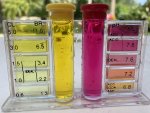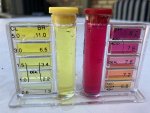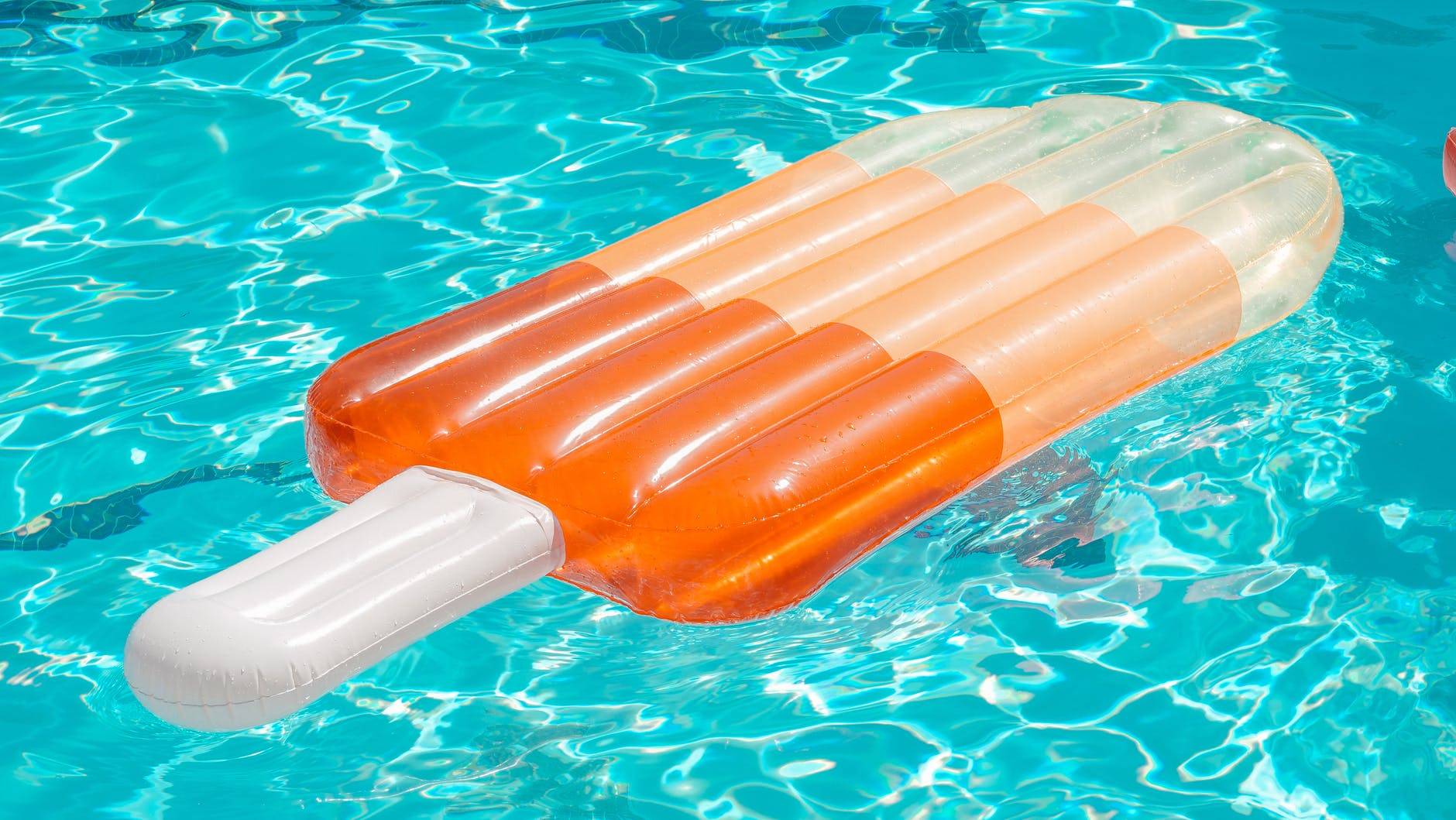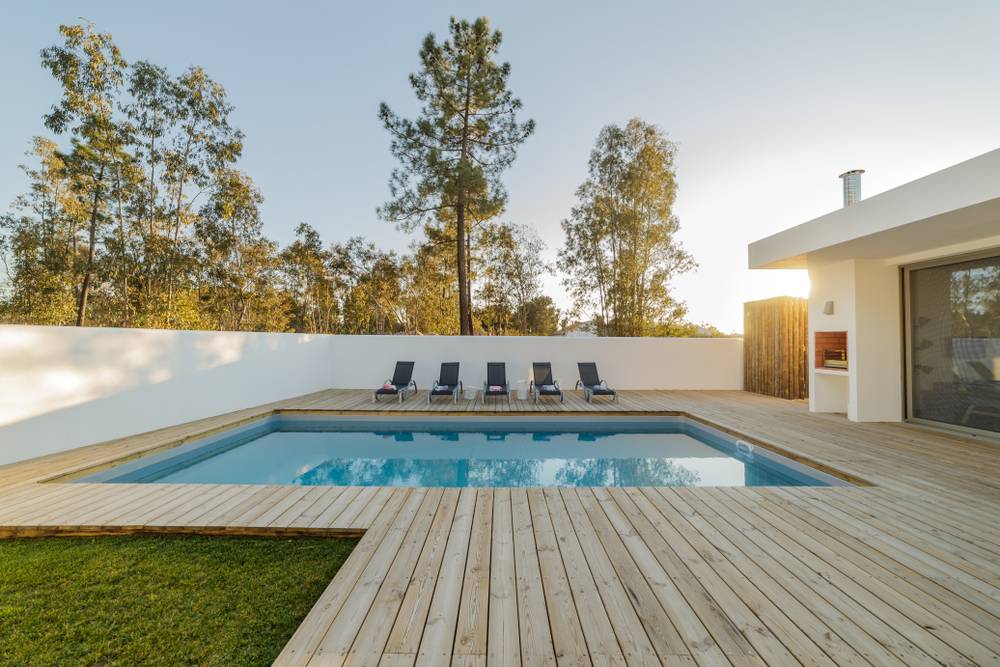Okay.. so I didn't want to get into too much detail.. but for the chlorine test I will.
OTO is Orthotolidine --- it's the cheapest and most common test, but it doesn't test FC--free chlorine levels above about 6 PPM accurately-- or really at all with out the water sample being diluted. It doesn't measure CC's - combined chlorine, which are basically versions that have attacked organic matter. You need to use an oxidizer to get those back to active free chlorine to do their job again. It turns our for pool use that chlorine ions can also act as the oxidizer as well as for more free chlorine. You'll see these as the most common test because of the belief that anything above 3 or so is "bad" to swim in. Unfortunately when you add stabilizer this changes the equation a lot.. and that is where TFP disagrees with the industry. You can search the boards for more information on that.
Then moving up the scale there is DPD-- N,N-diethyl-p-phenylenediamine -- that is more accurate and I think (someone will certainly correct me if I am wrong) can handle higher levels of undiluted chlorine than OTO. This IIRC comes as a liquid but isn't really suitable for combine chlorine readings, either.
There there is the "Gold standard" in Chlorine testing, and what you want to get in addition to the "fast" "daily" OTO tests. FAS-DPD is a powder form that allows the higher lebel of chlorine testing, plus there is a second reagent that allow you to accurately measure the level of combined chlorine in your pool. Anything over 1 PPM indicates a potential problem, and because of this it's really helpful to have this tool in the tool kit.
The FAS-DPD chlorine test is used to find the level of Free Chlorine in the … Read more…

www.troublefreepool.com
As for LSI and CSI... these are "saturation" indices. These are equations to determine when minerals will precipitate out of solution and cause scaling. LSI is the industry standard, developed a hundred years ago, but it was designed to calculate scaling on boilers! The CSI used here is modified to be better suited for pools and pool water temperature.
If you measure everything that a TF-100 kit (or a K-2006 kit) does, and enter it into one of the Pool Math apps or here on the website, it will give you a value. A negative value is "acidic" or even "corrosive" if it's beyond a certain level (-0.2 is the the standard you are doing good limit) and it "will scale" or "alkaline" at about +0.2 on this scale.
So what you are trying to do if you manage the water on your own with TFP is keep the free chlorine level at or slightly above the level recommended on the CYA/TC chart on this site-- and independently-- keeping the CSI to as close to zero as possible (or slightly negative with a SWCG if you have one).
If you do this and test consistently, then you should never have serious problems with scaling nor with algae. That is the point of the TFP method. Hopefully this helps. Read the pool school articles.
In general adding metals such as copper and silver is discouraged by this group, because they can cover up the real problem, or cause other issues that are much harder to correct.
Good luck!



 Sorry about your family's loss. As for the water, that's easy. Get a proper test kit. It starts there. I recommend the TF-100 (link in my signature), but the Taylor K-2006C will work as well. But you need one of those to truly be in control. See
Sorry about your family's loss. As for the water, that's easy. Get a proper test kit. It starts there. I recommend the TF-100 (link in my signature), but the Taylor K-2006C will work as well. But you need one of those to truly be in control. See 




